What to do if my Mitsubishi SRK63ZK-S does not work?
- CChad BurkeAug 16, 2025
First, check if the power switch is turned on. Also, verify that the timer hasn't been set to the “ON” position. Finally, check for a power failure or a blown fuse.
What to do if my Mitsubishi SRK63ZK-S does not work?
First, check if the power switch is turned on. Also, verify that the timer hasn't been set to the “ON” position. Finally, check for a power failure or a blown fuse.
Why is my Mitsubishi SRK63ZK-S not cooling or heating properly?
Make sure that you have set the thermostat to a suitable temperature. Check if the air filter is clean and not clogged. Ensure that all doors and windows are closed.
How to improve the cooling of my Mitsubishi SRK63ZK-S Air Conditioner?
Check if direct sunlight is entering the room. Identify and eliminate any heat sources in the room. Reduce the number of people in the room.
Why isn't my Mitsubishi SRK63ZK-S responding to the remote control?
Too much sunlight or other light may interfere with the remote control signal. Try to cut out the sunlight or reduce the other light.
Why is the RUN light still on after stopping my Mitsubishi SRK63ZK-S Air Conditioner?
The RUN light illuminates during CLEAN operation.
Why is there no airflow when starting the heating on my Mitsubishi SRK63ZK-S Air Conditioner?
The airflow has stopped to prevent blowing out cold air until the indoor heat exchanger has warmed up.
What to do if my Mitsubishi SRK63ZK-S Air Conditioner is not blowing warm air during heating?
Please wait, the unit may need some time to warm up.
Why is there no airflow when starting the DRY operation on my Mitsubishi Air Conditioner?
The indoor fan may stop to prevent re-evaporation of dehumidified moisture and to save energy.
Why does the fan on my Mitsubishi Air Conditioner keep running after I turn it off?
The fan will not stop after 2 hours if set to CLEAN operation. Also, the fan will not stop for about a 1 minute period in order to protect the unit.
Why is moisture forming on the air outlet grills of my Mitsubishi SRK63ZK-S?
If the unit is operated for a long time in high humidity, moisture may form on the air outlet grills and start dripping.
| Cooling Capacity | 6.3 kW |
|---|---|
| Heating Capacity | 7.1 kW |
| Indoor Unit Dimensions (W x H x D) | 1100 x 325 x 235 mm |
| Outdoor Unit Dimensions (W x H x D) | 845 x 702 x 363 mm |
| Type | Split System |
| Power Supply | 220-240V, 50Hz |
Guidelines for safe installation to prevent hazards like fire, electric shock, or leaks.
Critical safety rules for operating the air conditioner to prevent injury or damage.
Safety measures and advice for moving or repairing the unit.
Identification and brief descriptions of indoor unit parts like filters, panels, and outlets.
Identification of outdoor unit parts including fan, outlet, and heat exchanger.
Instructions for replacing the batteries in the remote control unit when needed.
Guide on how to attach and use the remote control holder for mounting.
Important safety warnings to observe when handling the remote control.
Troubleshooting steps if the remote control fails to operate the unit.
Explanation of the function of each button on the remote control unit.
Procedure for setting the current time on the remote control for timer accuracy.
How to adjust temperature settings while the unit is in AUTO operation mode.
Procedure for selecting the desired fan speed for optimal airflow.
Defines the recommended operating temperature ranges for cooling and heating.
Details the mechanism and defrosting process specific to the HEAT mode.
How to control the vertical (up/down) and horizontal (left/right) airflow.
How to memorize and recall specific flap positions for future use.
Achieving combined up/down and left/right airflow for wider distribution.
How the unit starts early to reach optimal temperature by the set time.
Activating the function using enzymes to eliminate allergens from the filter.
Intensifies power for 15 minutes for rapid cooling or heating.
Soft operation with reduced power for energy saving.
Essential preparation steps before performing any maintenance on the unit.
Routine cleaning of filters, unit, and inlet panel during the season.
Guidelines for choosing the optimal and safe location for unit installation.
Notes on noise, inspection, and maintenance during installation.
Steps to diagnose and resolve problems like unit not working or poor performance.
Explanation of various operational notices, sounds, and phenomena observed during use.
Situations requiring immediate contact with a dealer for service or advice.
Rules for operating multiple air conditioner units concurrently.
How the unit automatically selects modes based on room temperature.
Explanation of error codes indicated by the unit's lights for troubleshooting.
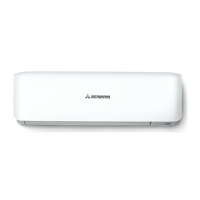
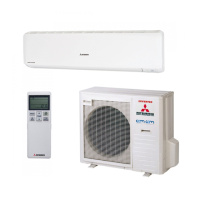
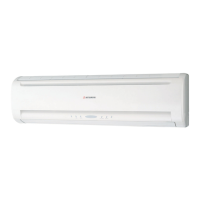




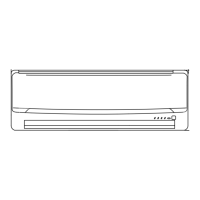

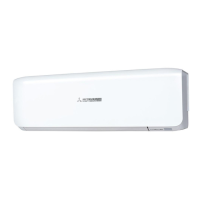


